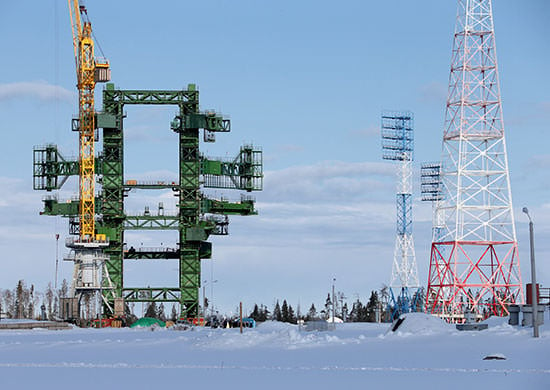Reports coming out of Russia say that two people were killed at the Plesetsk space launch facility last week while doing routine work cleaning out a propellant tank. The Russian newspaper
Ria Novosti
said that on November 9, 2013, two workers were killed and three others were hospitalized after being exposed to poisonous nitrogen vapors while doing maintenance at the facility. Officials from the Russia Defense Ministry were quoted as saying the accident appeared to have been caused by failure to follow safety regulations.
The Plesetsk cosmodrome is located in the northwestern Arkhangelsk province. The facility has been undergoing refurbishing to take over a majority of the launches as Russia looks to reduce reliance on the Baikonur cosmodrome, which it leases from the former Soviet nation of Kazakhstan.
Currently, Russia uses Plesetsk to test intercontinental ballistic missile and to launch satellites, but they are hoping to use new facilities by next year to test the
Angara heavy rocket.
Ria Novosti said it was unclear what accounted for the delay between the incident and its announcement, "but sensitive military issues are typically kept highly confidential in Russia."
Unfortunately, over 50 people have been killed at this launch facility since 1973. In June of 1973, 9 people were killed by an explosion of Cosmos-3M rocket; in March of 1980, 48 people were killed by an explosion of a Vostok-2M rocket with a Tselina satellite, during a fueling operation; and in October of 2002, a Soyuz-U carrying the ESA Foton-M1 project failed to launch and exploded, killing one.
Right now, just one-fourth of Russia's launches occur from within Russia itself, but Russia's Federal Space Agency hope to have nine-tenths of its space launches from Plesetsk and the Vostochny cosmodrome by 2030.
Sources:
Ria Novosti
,
Russian Space Web
 Universe Today
Universe Today
